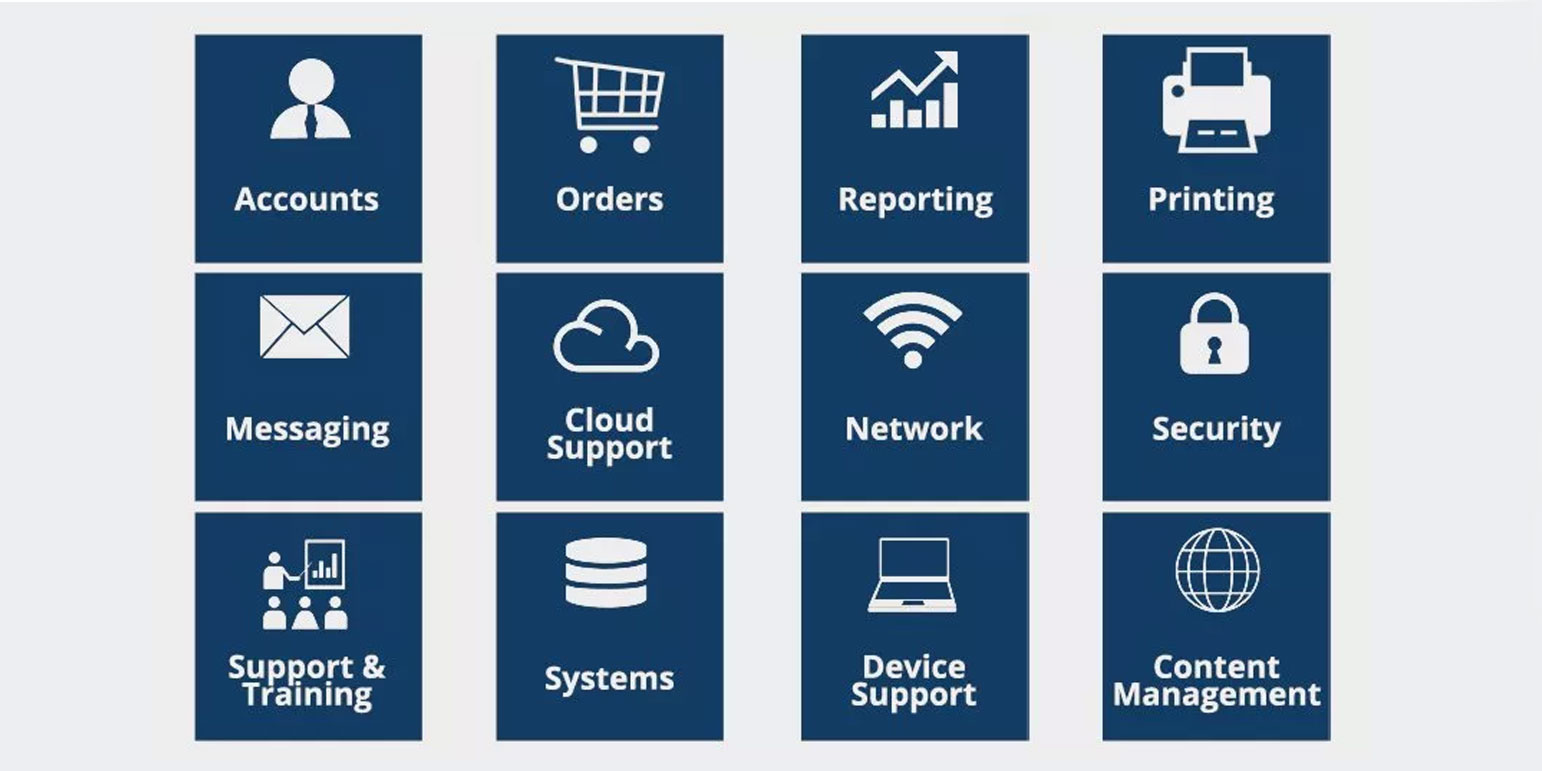Black Friday Super Sale! Up to 30% off!
Click here to view all courses

What is an ITIL service catalog?
By ILX Team | 21 January 2019 | Updated on 17 July 2024
An ITIL service catalog lists all the IT services your company provides for its customers. It brings together a huge amount of information regarding these services. That includes everything from adding a network printer to resetting a password. Understanding the contents of an ITIL service catalog, and how it can benefit your business, could help your organization get even more from its IT services.
Contents
The contents of an ITIL service catalog can vary. In general, the document will include information about deliverables, prices, contact points, ordering, and request processes. This information is often produced as a simple spreadsheet, but it can be presented in a variety of different formats. The exact information it contains, and in what format, depends on how the organization will use it.
For the IT department, you can use a spreadsheet format that lists all the current and potential services. They will also include information like critical components and training needed. Customers usually prefer more of a brochure format. If it’s publicly available, a brochure-style service catalog can double up as marketing material, showcasing your IT services to potential customers.
Defining a service catalog
Although there are no hard and fast rules about what an ITIL service catalog should include, there are a number of data elements that most catalogs will contain. These include the:
- Service name
- Service description
- Availability
- Target availability
- Backup
- Service owner
- Service representative
- Service criticality
Many of these data elements are simple and straightforward, but properly defining them has many benefits. It helps avoid confusion, makes IT services more targeted, and ensures the document is 100% relevant to the service provider and the business they’re working with. Properly define every element of the service catalog. The more detail, the more useful and reliable the service catalog will be.
Standard service definitions
An ITIL service catalog also needs to cover standard service definitions. The document should outline mission critical services, business critical services, business operational services, and administrative services.
Mission critical vs business critical services
All services vary by importance and urgency. Mission critical services require continuous availability. Breaks in these services are intolerable and immediately cause damage to a business. Business critical services also need to be available 24/7. That said, breaks in business critical services aren’t as catastrophic for the everyday running of the business. So your client’s ecommerce website might be mission critical because downtime would cause immediate damage. Meanwhile, losing a payment method might only be business critical if customers can use alternatives during downtime.
Business operational services contribute to the effective running of the company, but are out of the direct line of service to customers. Administrative services relate to office productivity tools that are required for a business to operate. Failures are undesirable, but won’t impact customers and can be tolerated by the business.
Understanding the ins and outs of your ITIL service catalog will help your company to get to grips with its IT services and get help quickly if something goes wrong. To find out more, or for clarification on the issue, get in touch with a member of our team today.

